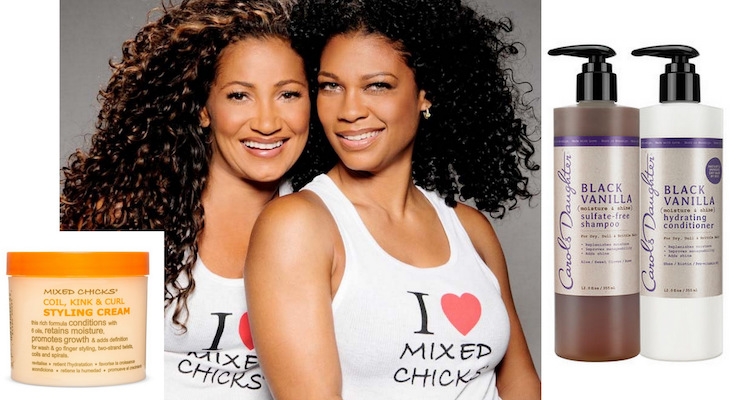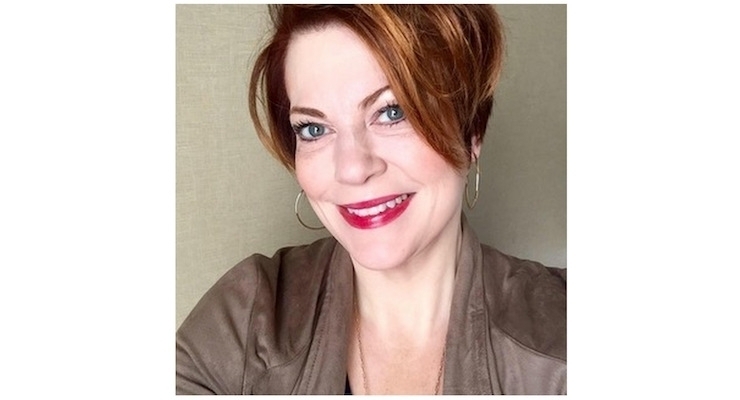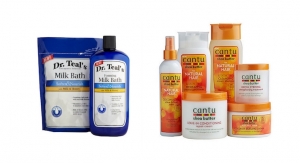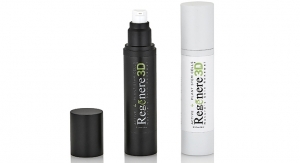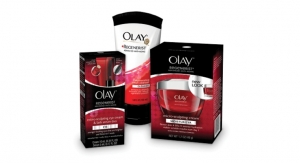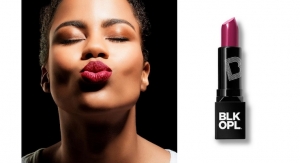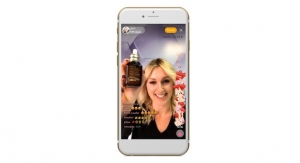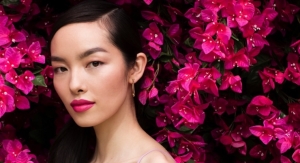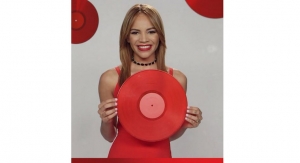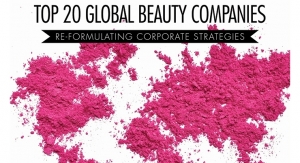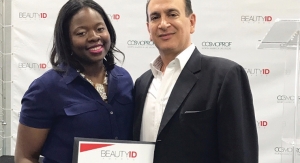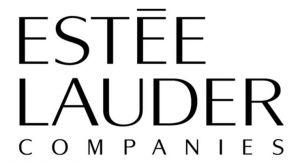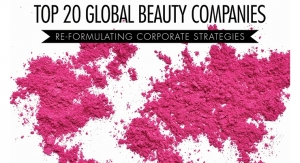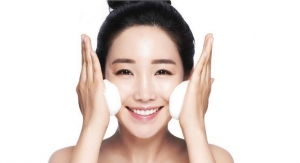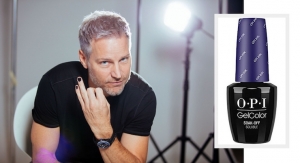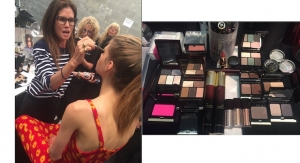Elle Morris , CEO, HMS Design02.15.18
By now, we have all heard the statistics of the changing face of the U.S. consumer. She will no longer look like or aspire to look like Christie Brinkley; rather she will look to women like Joan Smalls and Janelle Monáe for aesthetic cues.
Some brands are tapping into this inevitable shift, switching up the faces of their brands with minority representation and a more extensive product offering. But does this meet the needs of the multicultural consumer or does this just address the superficial? Beauty and culture are more than skin deep.
Haircare
Let’s start with haircare; it’s complicated. There was a time when African American haircare products led “Ethnic Haircare.” It was pretty simple – there were products that catered to relaxed hair and a few products that catered to natural hair. The brands were straightforward and well known because they had been around for years; mainstream beauty care brands didn’t compete in this market.
Back in 2002, Pantene launched Pantene Relaxed and Natural, leading the way for mass market brands to offer products to the African American consumer. Since then, the consumer landscape has evolved and so has the knowledge about what their needs are.
Brands that are leading the way are now focusing on hair texture vs ethnicity. With ambiculturalism on the rise in the United States, there is the realization that there are broad needs in haircare regardless of race.
Carol’s Daughter, Mixed Chicks, Miss Jessie’s, Ouidad and KeraCare are a few brands that address this diverse consumer group. These brands speak to Hispanics, multi-racial and African American consumers. As this diverse population of consumers continues to increase, so will their purchasing power. Success equals inclusion, not separation of this audience in brand communications.
In addition, the natural hair movement has swept over African American haircare creating opportunities for new product offerings and innovations from many different brands such as co-washing conditioners and dry shampoos.
Shea Moisture, Asiam, Cantu, Pantene Truly Natural and Jane Carter all have great products that care specifically for natural hair. These brands have all done their homework and speak to specific consumers with products that attend to their unique needs. They also know that the natural hair trend continues to boom while chemical relaxing products are receding.
Again, success looks like inclusion – the realization that there are Hispanics who identify with African heritage and bi-racial women who have African textured hair is critical to winning the in the long haul. As the U.S. population increasingly becomes more culturally mixed, it’s imperative that beauty brands understand how to inclusively communicate with this diverse audience in a resonant way.
African American women spend a reported 80% more on all beauty products—about $7.5 billion in total —as compared to non-African American women, according to a WWD report. The African American haircare market alone brought in an estimated $2.5 billion in 2016, according to Mintel, a market analysis and consumer trends company.
And with the African American population soon to outpace that of Caucasian consumers, there is a lot at stake for haircare companies. Those who continue to understand what these consumers need, how they shop and create innovative products that work for them, will win.
Cosmetics
Cosmetics are equally as complicated as haircare; if not more so. Adding a few hues to the lineup isn’t enough to attract and retain non-Caucasian consumers. Hispanic women have a different outlook on outer beauty than other consumers – it is a reflection of inner beauty. This is a legacy mindset that is passed down from generation to generation. Therefore, Hispanic beauty consumers are not willing to accept less when it comes to their selection of cosmetics.
Colors and hues across a product have to work for Hispanic women, and Hispanic women come in ALL SHADES. Brands cannot assume that she is a café au lait complexion with black hair; there are pale redhead Hispanics as well as Afro-Hispanics with dark complexions. Understanding what she buys, when she buys it and why she buys it are the drivers behind a brand’s success.
Hispanic women are hugely influenced by social media, reviewing and recommending products online regardless of generation (unlike their counterparts in other races). They are also trendsetters – taking risks in color and hue expressions that other women just won’t. Get into her head and her heart…then you’ll win her wallet.
The brands that have spoken to her mother, to her and have been around for years such as L’Oréal, Estée Lauder and Iman, are always in consideration. But the new, cool brands such as Kat Von D, MELT, Reina Rebelde, and others offer today’s version of glamour in a culturally resonant way. The Hispanic woman is willing to spend what it takes to attain the look she’s after.
Takeaway
The beauty category is starting to rise to meet the wave of change that is coming with a diverse profile of the U.S. beauty consumer. There is a huge opportunity to speak to these consumers uniquely and understand what the drivers to their choices are.
Hispanics and African Americans are only two sectors of the multicultural beauty consumer that need to be considered (though they are huge segments of the future). The industry must remember to embrace women of Asian, Middle Eastern and South Asian descent as well.

